Peru & Bolivia
Today we have had a trip out on Lake Titicaca. It is the world’s highest lake navigable to large vessels, lying at 3,810 metres above sea level astride the border between Peru to the west and Bolivia to the east. It covers some 3,200 square miles and extends in a northwest-to-southeast direction for a distance of 120 miles. It is 50 miles across at its widest point. A narrow strait, Tiquina, separates the lake into two bodies of water. Forty-one islands, some of them densely populated, rise from Titicaca’s waters.
We were picked up at our hotel and taken to the docks where we boarded our boat for the day out on the lake.
The Uros people live on floating mats of dried totora, a reedlike papyrus that grows on the lake. From the totora, the Uros make their famed balsas, boats fashioned of bundles of dried reeds lashed together, and build their houses.
Our first stop was at one of these small islands. As it was a Saturday the children were at home and we were greeted by them and their parents. We were given a demonstration of how the islands were constructed and given an insight into their family life and traditions. They were all very friendly, showing us their tiny homes and displaying their beautiful crafts. We had a ride in one of the reed boats to some reeds and were told how they were used for food, medical needs and building. It was amazing that the three families could live on such a small area of land. They fish and use this to trade for rice, sugar and salt. Cows and sheep are kept on other small islands and schools are also on some islands.
ANDREA MILLS
27 chapters
14 Aug 2023
Lake Titicaca
Puno
Today we have had a trip out on Lake Titicaca. It is the world’s highest lake navigable to large vessels, lying at 3,810 metres above sea level astride the border between Peru to the west and Bolivia to the east. It covers some 3,200 square miles and extends in a northwest-to-southeast direction for a distance of 120 miles. It is 50 miles across at its widest point. A narrow strait, Tiquina, separates the lake into two bodies of water. Forty-one islands, some of them densely populated, rise from Titicaca’s waters.
We were picked up at our hotel and taken to the docks where we boarded our boat for the day out on the lake.
The Uros people live on floating mats of dried totora, a reedlike papyrus that grows on the lake. From the totora, the Uros make their famed balsas, boats fashioned of bundles of dried reeds lashed together, and build their houses.
Our first stop was at one of these small islands. As it was a Saturday the children were at home and we were greeted by them and their parents. We were given a demonstration of how the islands were constructed and given an insight into their family life and traditions. They were all very friendly, showing us their tiny homes and displaying their beautiful crafts. We had a ride in one of the reed boats to some reeds and were told how they were used for food, medical needs and building. It was amazing that the three families could live on such a small area of land. They fish and use this to trade for rice, sugar and salt. Cows and sheep are kept on other small islands and schools are also on some islands.
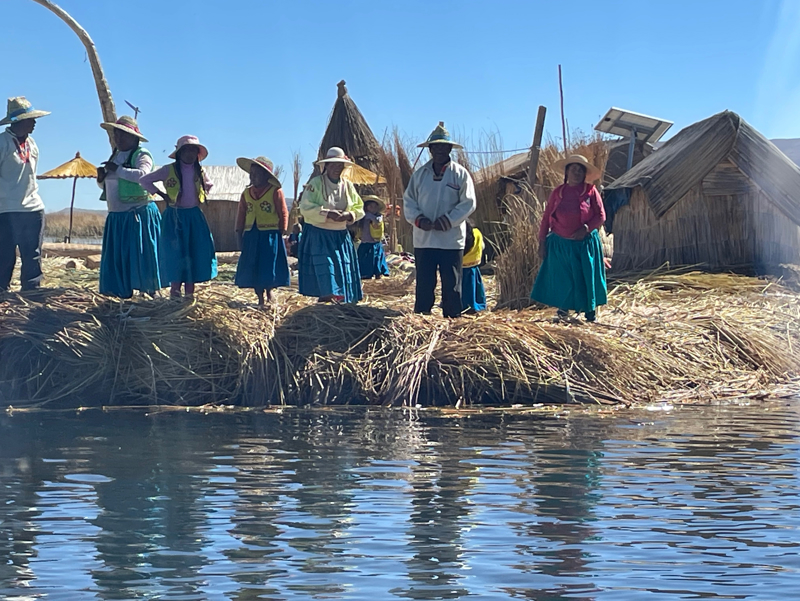

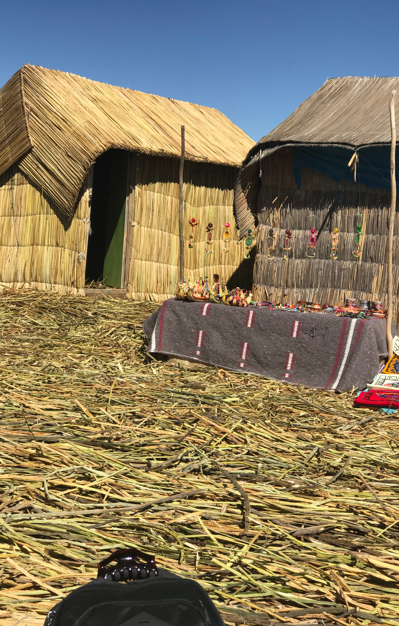
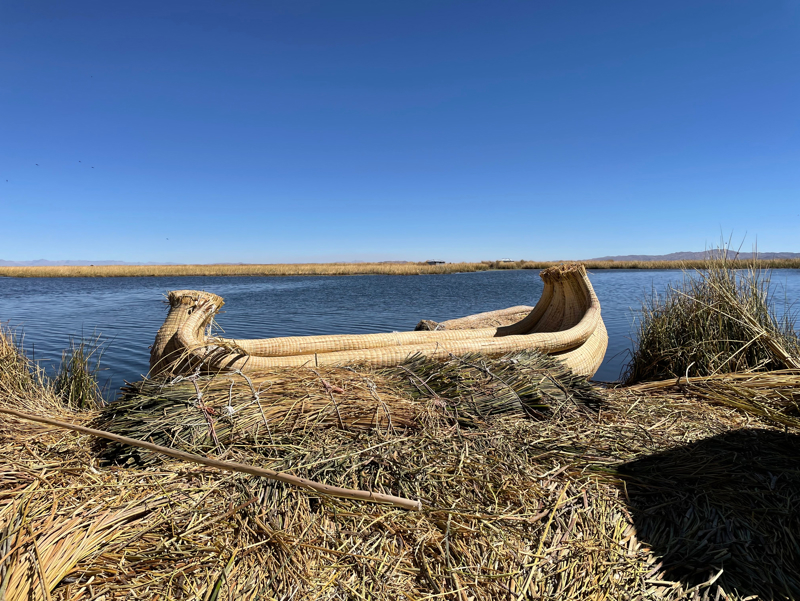
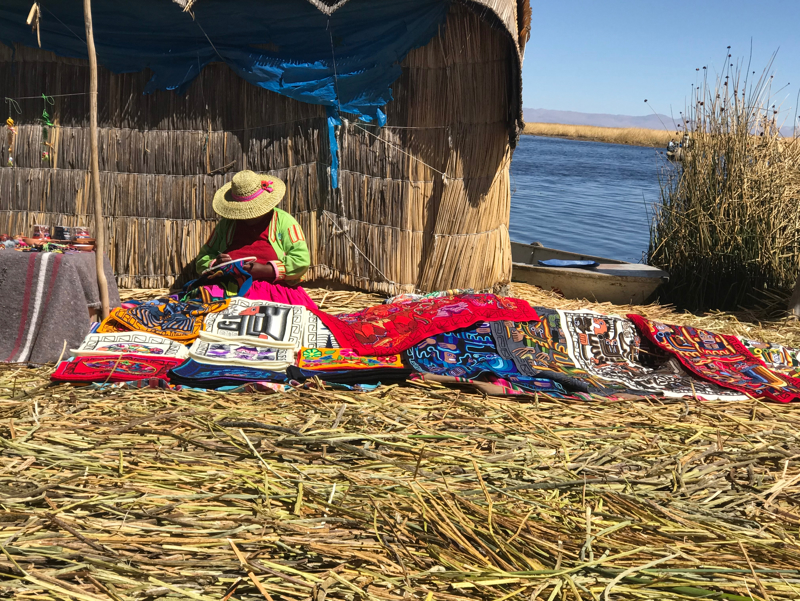
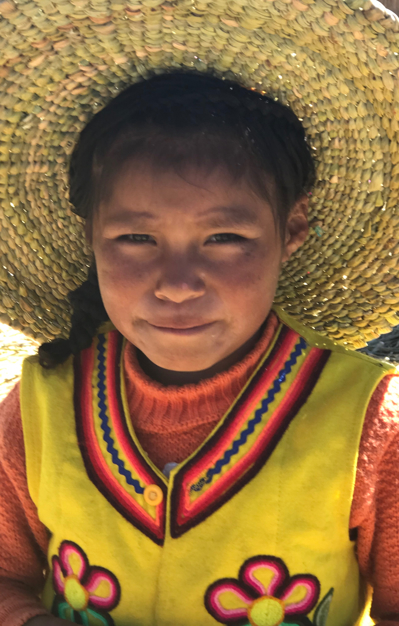
We then went to Amantani island where we climbed up the very steep slope to the plaza where the business of the island is conducted every Sunday. It lies at an altitude of 3884m and has a school on one side and the official buildings on other. There used to be a police presence there but as they had nothing to do they were expelled and all discipline is carried out by the people.The people are farmers and we’re out on the terraces working the soil ready to plant the next crops.
We then boarded the boat to go to another island for a meal before returning to Puno.
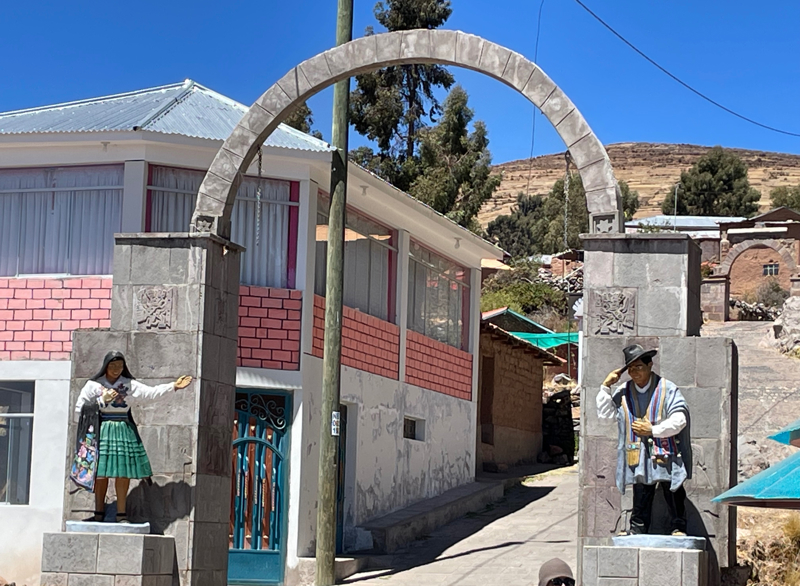
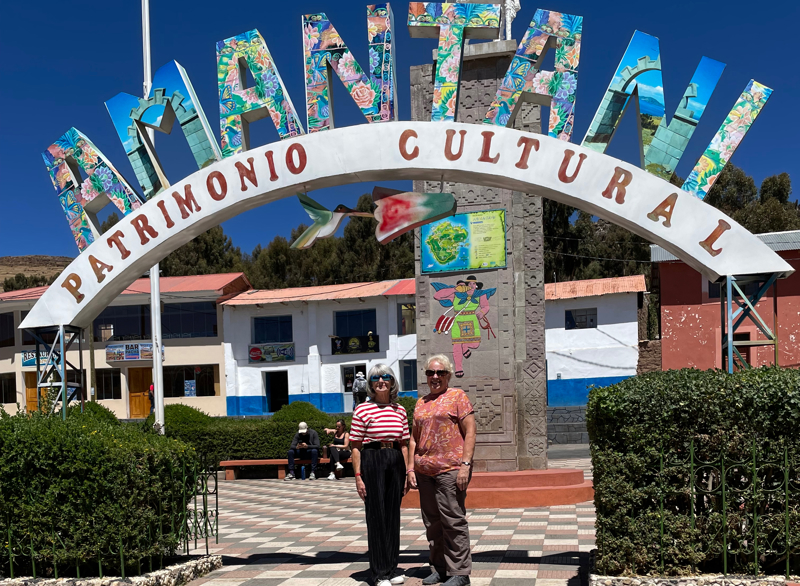
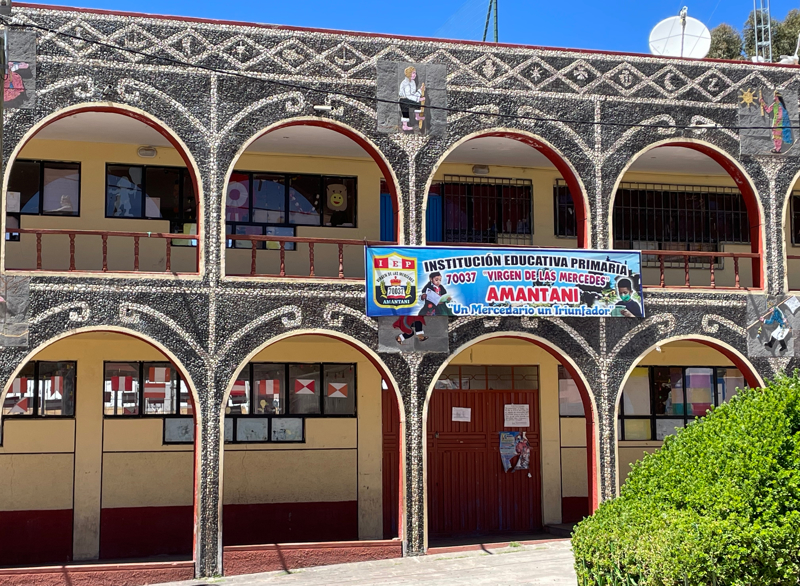
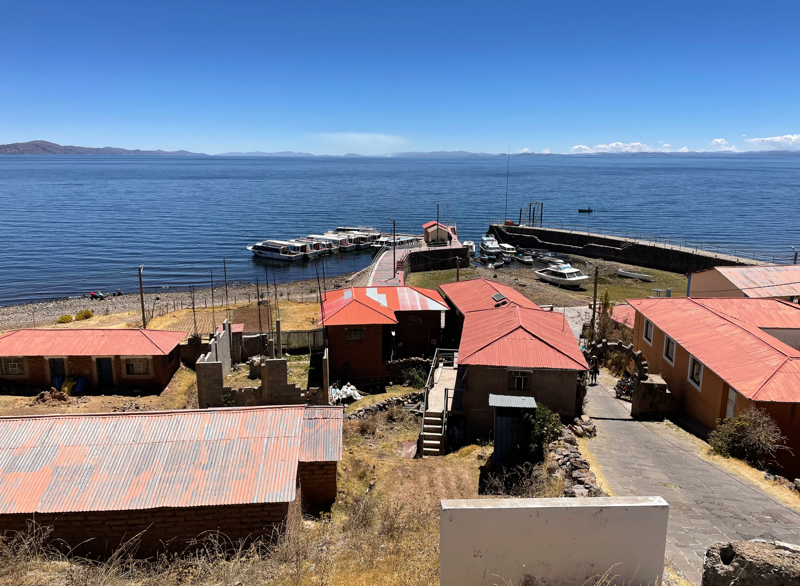
Back at the hotel we sorted a few things out before walking down to the shops. We heard music getting closer then saw the parade of children dressed as story book and film characters . Each group was different and it involved lots of children. The teenagers dancing towards the end were very good and obviously enjoying themselves.


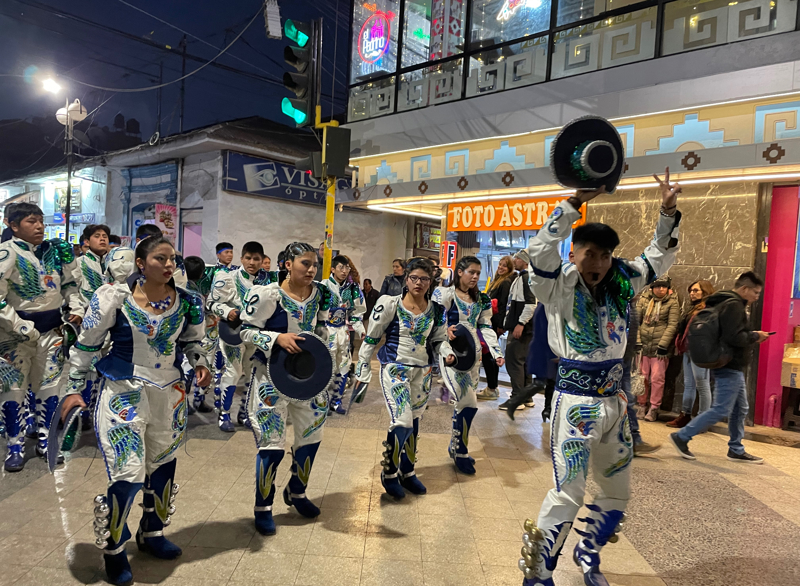

1.
On our way
2.
Miraflores and Barranco
3.
Discovering Lima
4.
Lima to Paracas
5.
Ballestas Islands
6.
Paracus to Huacachina
7.
Huacachina to Nazca
8.
Nazca lines
9.
Discovering Arequipa
10.
Journey to the Colca Canyon
11.
Colca Canyon
12.
Journey to Puno
13.
Lake Titicaca
14.
Puno to La Paz
15.
Exploring La Paz
16.
Discovering La Paz
17.
Day 1 of the tour
18.
Day 2
19.
Day 3
20.
Recuperating in La Paz
21.
Isla de Sol
22.
Train ride to Cusco
23.
Cusco
24.
Machu Picchu
25.
A last look at Cusco
26.
Going home
27.
Back home
Share your travel adventures like this!
Create your own travel blog in one step
Share with friends and family to follow your journey
Easy set up, no technical knowledge needed and unlimited storage!
© 2025 Travel Diaries. All rights reserved.